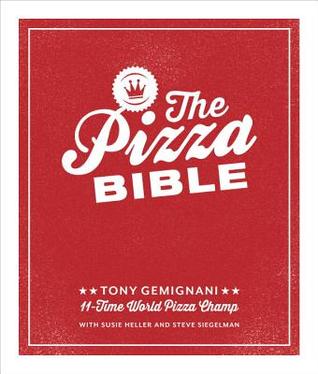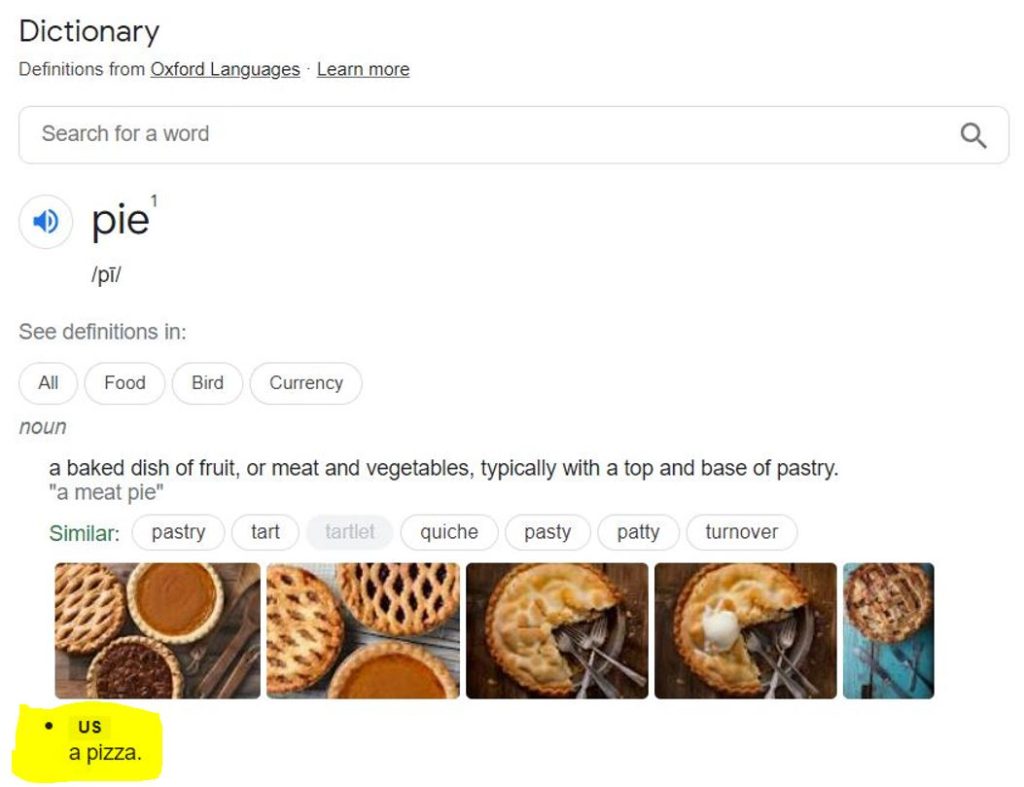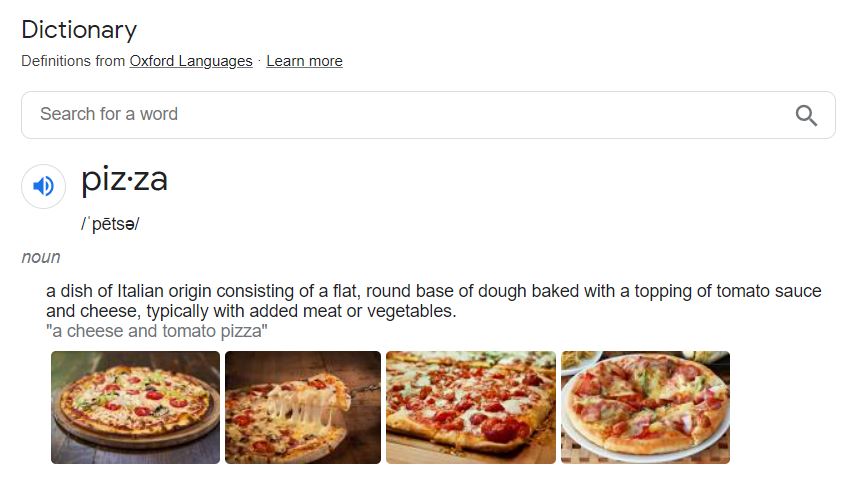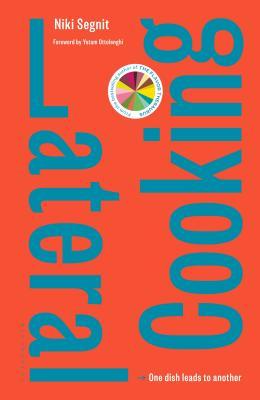What’s the difference between a pie, a tart, a crumble, a galette, and a pizza (but which type of pizza are we talking about? Do things change if we talk about deep dish pizzas? How far can we stretch the term “pizza“?), and what’s the deal with pizza pies? What about pizza pops, which kind of really vaguely resemble pop tarts, if only because they both share a pop (though they both have doughy exteriors encompassing a filling), and are pop tarts even tarts? Actually scratch that, pizza pops would probably more accurately be filed under panzerroti… or would they be empanadas? But perhaps even more befuddlingly, down the rabbit hole of is a hot dog a sandwich and the day that still makes me shake my head with disappointment at what the world has come to when a coworker sent me the cube rule*: is a pop tart actually a ravioli?? (As you can imagine, the official Pop-Tarts U.S. Twitter account has had many a field day with this**.)
Are you prepared to find out who your true family and friends are? I apologize in advance if this post loses us any readers, and if you realize that your loved ones weren’t who you thought they were. Now without further ado, in celebration of Pi(e) Day, let’s get into whether a pizza is a pie, shall we?
*A complete and utter blasphemy against cultural and linguistic history and tradition. Not to mention culinary considerations?? Going by cube rule perspective, puff pastry would be the same as the laminated dough you’d use for a croissant, EVEN THOUGH THE CROISSANT OBVIOUSLY HAS YEAST IN THE DOUGH WHICH THE PUFF PASTRY LACKS. In case you’re wondering, according to the cube rule, the pop tart and ravioli are both calzone, when CLEARLY in terms of size, they are closer to panzerotti. 🙄
**I love when official brand accounts are salty. Would that make the pop tart brand a ravioli, if one of their objections is that pop tarts aren’t savoury, but ravioli are?
PIZZA IS A PIE CAMP
It’s in the definition. Whether we go by Oxford Languages, as Google immediately does, or Merriam Webster, “pie” is, as one of its very definitions, pizza.
Whether pies are sweet or savoury, it’s still a pie, so clearly ingredients don’t matter (which, coincidentally, is one reason pop tarts = ravioli). So if pies are, as established, pies regardless of whether the ingredients lean sweet or savoury, then the pizza toppings present no problem at all to the inclusion of pizza as a type of pie.
But the crust, you say! A pizza crust does not come up as high as what we might expect of a pie; it is much too shallow to be considered such. Ah, I was hoping this objection might arise! May I present to you the delightful existence of: Chicago and Detroit deep dish pizzas! Yes, the Chicago-style deep dish pizza much more resembles what might come to mind when we think of a traditional pie, but the Detroit-style pizza has a bit more height than the regular pizza, too, if height or depth are your true concerns. To further my argument, take a look at the clearly pie-like sfincione. It is tall. It has toppings/fillings, whatever you want to call them. And it even has a crumble topping: breadcrumbs. What more evidence do you need that pizza is a pie?
(As a bit of an aside, Serious Eats has an article/review on the Deep Dish Pizza from Cook’s Illustrated, which interestingly has you laminate the pizza dough to recreate biscuit-like flakiness in the crust, which sounds suspiciously like what you aim for when you make pie dough: flakiness. The dough is still yeasted, but this time, there’s butter added to the mix (through lamination), which got me wondering: is the Cook’s Illustrated deep dish pizza actually… a croissant of sorts?)
PIZZA IS NOT A PIE CAMP
Pie is defined as pizza, you say, but if we take a closer look at these definitions, we will see that it doesn’t actually hold any water: where are we situated? We may live upon the same continent as our American neighbours, but as pies and pizzas are distinct and separate entities that may share many commonalities, so too are Canada and the U.S.! As far as I am aware, Canadians do not employ the use of “pie” to signify “pizza” (please correct me if I’m wrong – I must admit I talk neither of pizzas nor pies as often as I wish I did were I living my life more fully). Furthermore, if you would like to invoke definitions, may we present to you Exhibit B: the definition of pizza. From Intro to Philosophy class, we learn that even if A –> B (A implies B, which in this case I feel we have sufficiently weakened the implication to begin with), the converse does not necessarily hold true. That is to say, even if pie, by definition, is also pizza (which it appears to be in the U.S.), pizza is not necessarily pie. It’s simple to make that mistake – don’t feel too bad. But do feel ashamed you ever posited that pizza is a pie.
Secondly: I would argue that ingredients do indeed matter! The same way that a yeasted laminated pastry is distinctly different from puff pastry due to the presence of yeast in the dough, even though both puff pastry and its yeasted cousin are laminated by encasing a block of butter inside the dough, the fact that pizza employs a yeasted crust – that is to say, bread – rather than a non-yeasted crust nulls and voids any claim that pizza might be considered a pie. While you can fill a pie crust with any type of filling you so desire, would it still be a pie if you use bread as the pie crust? I think not.
To undermine my own argument a touch though, I have found one recipe from the L.A. Times for a yeasted olive oil pastry, which “makes enough for 1 (10- or 12-inch) double-crusted torte or 2 (10-inch) tarts”. When I search up “torte” on Google, cakes are what come up, which I don’t believe is what the L.A. Times recipe author is suggesting we do with the pastry, but when I filter out the cakes, we do get something like this Potato-Bacon Torte from the Food Network. While the Potato-Bacon Torte recipe doesn’t ask for a yeasted crust, it definitely seems to be a pie, which is also what the description of for the yeasted olive oil pastry describes tortes as being: savoury pies. I suppose the Canadian tourtière has a similar history? Oh wait, nope, the tourtière is thus named because it was originally baked in a… tourtière, according to Wikipedia. (Ah, I also see that the Red Star yeast brand also has a recipe for a yeasted pie crust, which makes sense if only to peddle their product.) But something key in the recipe instructions for the yeasted olive oil pastry that makes me think the use of yeast does not itself remove this category from pie, is because it goes out of its way to tell you that if you are not using the dough immediately, to roll it out and put it in the freezer so it doesn’t puff up and get too bready. The yeast is not actually being used for its breadifying properties, whereas in a pizza, you are most definitely letting that dough rise and cultivating the yeast within in order to get that breadyness!
PIZZA IS… OCCASIONALLY A PIE? WHO CARES? CAMP
Let’s just agree that both pizzas and pies are/can be delicious and that we are glad of their existence in the world and let that be that. In this world there are confusing-to-categorize items that seem like relatives of pizza, such as stromboli and scaccia, that just can’t be pigeonholed. Whether pizza is a pie or pies are a type of pizza, or they’re distant cousins twice removed, does it really matter? Let’s just enjoy pizzas and pies all!
Now that we’ve tossed aside those considerations of what does a pie or a pizza make, let’s get on to checking out some pizza and pie recipe books, along with this little gem here: Lateral Cooking. Niki Segnit takes you from one dish, starting with simple plates, to variations upon variations that exist that build upon the first or are otherwise related to it, such that you start with flatbread and crackers and end up making babas & savarins! Not unlike starting with a pizza and ending up with a pie, huh?
If you’re hungry for pizza after all this debate, check out Craft Pizza: Homemade Classic, Sicilian and Sourdough Pizza, Calzone and Focaccia by Maxine Clark, where you’ll definitely find a type of pizza to sate your desires. (I assume you will find neither ravioli nor pop tarts in the instructions where calzone are filed, but here’s another question for you: are calzone and focaccia actually types of pizza, or just relatives of pizza? I see that they’re separated out from the pizza proper items in the subtitle…)
And for more pie recipe book recommendations (including my go-to pie crust), check out my previous Pi Day post from last year!




This was a super fun read and you got me fired up immediately on this debate…even though I agreed with all points and couldn’t actually pick a side, which I suppose lands me in the ‘pizza is occasionally a pie’ camp! I love these types of food debates, one of my favourites: is cereal a soup?
(The answer is yes, and if you think otherwise you are simply Incorrect.)
Hahaha oh noooo is cereal a soup? I mean it most definitely seems to be now that the question has been put forth, but also… I have some feelings of revulsion towards cereal as soup even as I know it fits within the concept of Soup. Maybe it’s because, as per Wiki: “Soup is a primarily liquid food, generally served warm or hot (but may be cool or cold), that is made by combining ingredients of meat or vegetables with stock, milk, or water” and I don’t associate cereal with either meat or veggies. Both Oxford English Dictionary and Merriam Webster also reference meat, veggies, or fish being part of it, and the Oxford Learner’s Dictionary also talks about the boiling of those ingredients in the process (though no other definition makes reference to the boiling, so I’d say it got outweighed as to whether boiling is integral to Soup-ness).
Cereal is made of vegetable… ingredients? (I haven’t looked at the ingredients list of cereal in a very long while, but I imagine it still is – I’m scared to find out what it actually is made of.) So in theory, yes, it is a soup even though it isn’t boiled. Unless you boil your cereal, which is probably a bigger topic than simply whether cereal is a soup.
You know what, agreed! And oh gosh, boiled cereal blegh. So now the question is….are porridges then stews?? Or are stews porridges? This kind of debate could go on forever, so I will leave it at that and thank you again for a fun discussion!